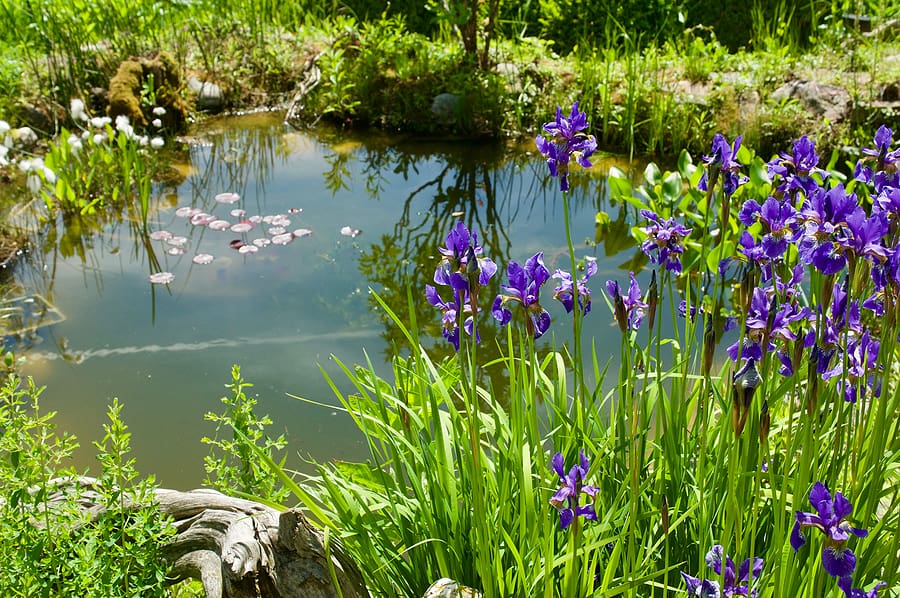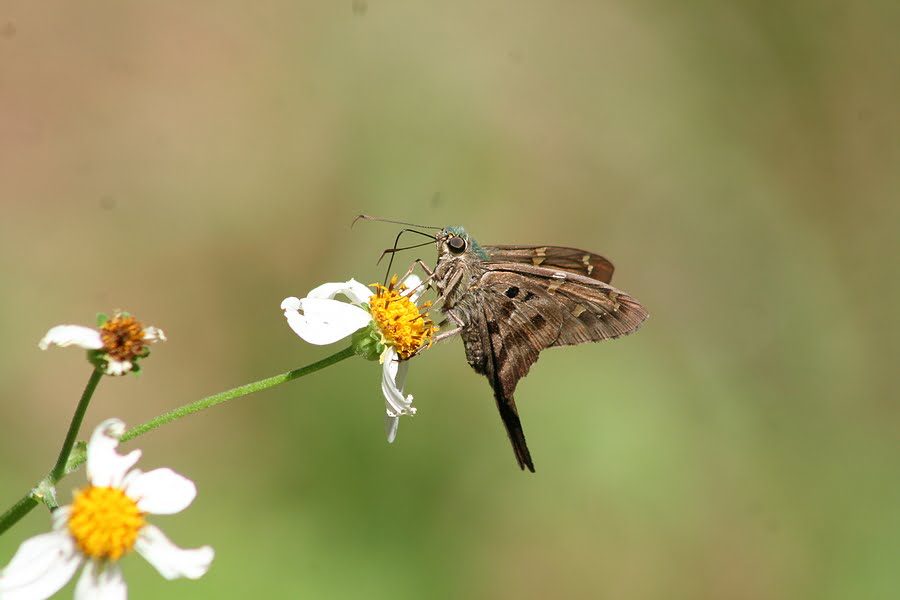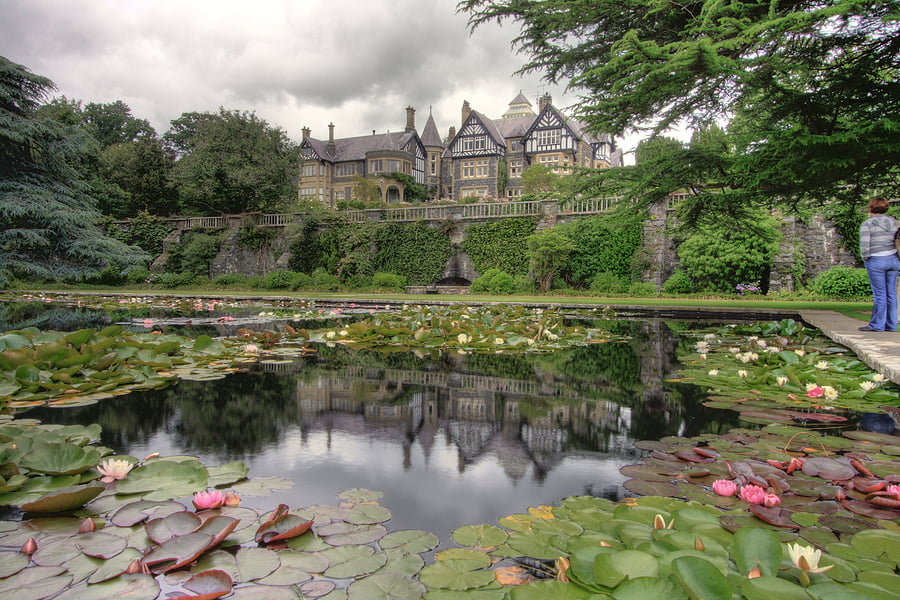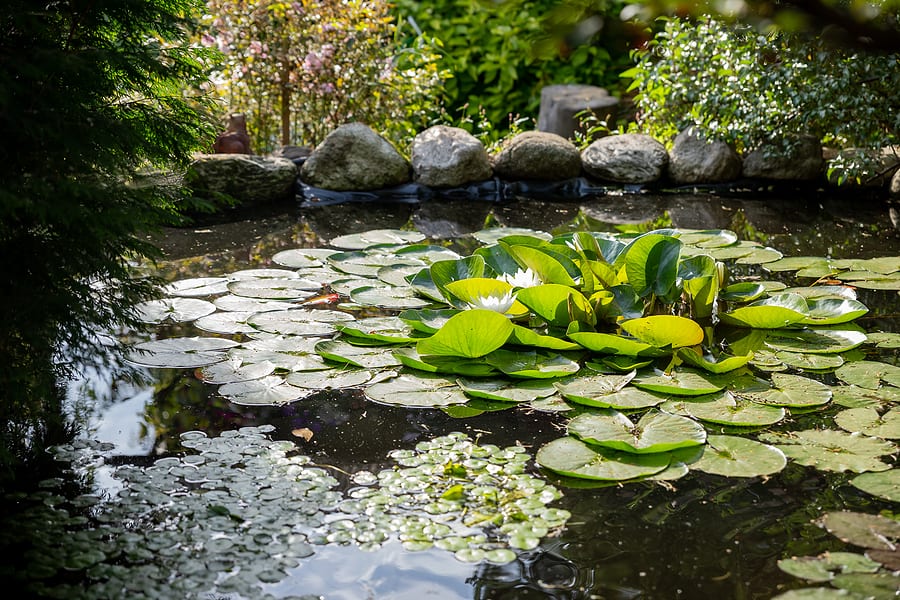
6 Common Mistakes To Avoid When Building A Pond
5th August 2021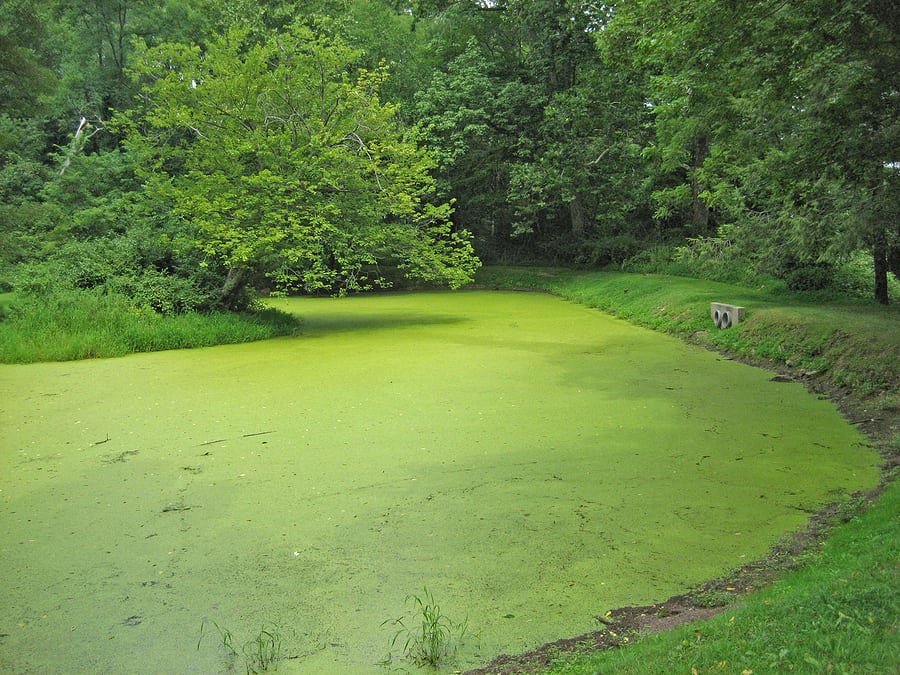
How Do I Deal With Algae In Ponds?
15th September 2021Norfolk is well known for its steely homes and rare wildlife, as well as having more ponds than any other UK county, but estates in the area are now searching for ancient ‘ghost ponds’ to help revive centuries-old seeds and discover long-lost plants.
The Guardian reports that seeds are able to survive for centuries under the layers of leaves and mud and botanists believe that once they are given water and sunlight, it will lead to new plant discoveries as they grow once again.
Six plants of the endangered wetland flower grass-poly have already been discovered at the edge of an old cattle watering pond in North Norfolk, which has to been seen in the county in over 100 years.
According to studies by University College London, Norfolk lost around 8,000 ponds after the 1950s, and there are now around 23,000.
The lost ‘ghost ponds’ have been revealing lost plants, and have demonstrated that it is easier and quicker to restore lost ponds than it is to develop new ones, and that biodiversity quickly returns to rediscovered ponds.
Jake Fiennes, the estate manager at Holkham Hall, called in experts to study the plants in newly flooded wetlands and studied old maps to find the ghost ponds on the estate.
“We are going through a process, trying to find the maps, where you can identify where these ghost ponds are,” he said.
“There are a few pockets [at Holkham] where you have natural springs, and it’s trying to see where in the past those areas were drained and filled in, and then how we can recreate some of these natural features that we’ve lost.”
He hopes that rare plants will be revived at the estate, and said that the resilience of aquatic seed banks is ‘phenomenal’ and that given the right conditions, seeds that have been hidden underground for decades can germinate.
The Prince of Wales has also committed to resting nature at Sandringham, which has joined initiatives with Natural England, along with neighbouring Wild Ken Hill estate.
A spokesperson for the estate said: “Sandringham Estate is always looking for opportunities to engage with local conservation efforts, and would welcome the chance to find out more about the Norfolk Pond Project.”
Dominic Buscall, the project manager at Wild Ken Hill, has been using Ordnance Survey maps to find lost ponds and said that rediscovered ponds are already developing into a ‘wonderful’ oasis for wildlife and that the estate is supporting the Norfolk Pond Project.
The National Trust has joined the hunt for ancient ponds at nearby Felbrigg Estate, a 17th-century manor, and has found six ponds which it hopes will attract aquatic wildlife and long-lost wetland plants, saying that the ponds are expected to be established faster than the new ponds being created.
“Ponds are vital parts of the waterscape providing aquatic habitats between rivers and lakes. By restoring and creating more ponds through the rural landscape we are able to create links between habitats, becoming more ‘joined up,” a spokesperson said.
If you’re looking for wildlife pond plants, visit our website today.


